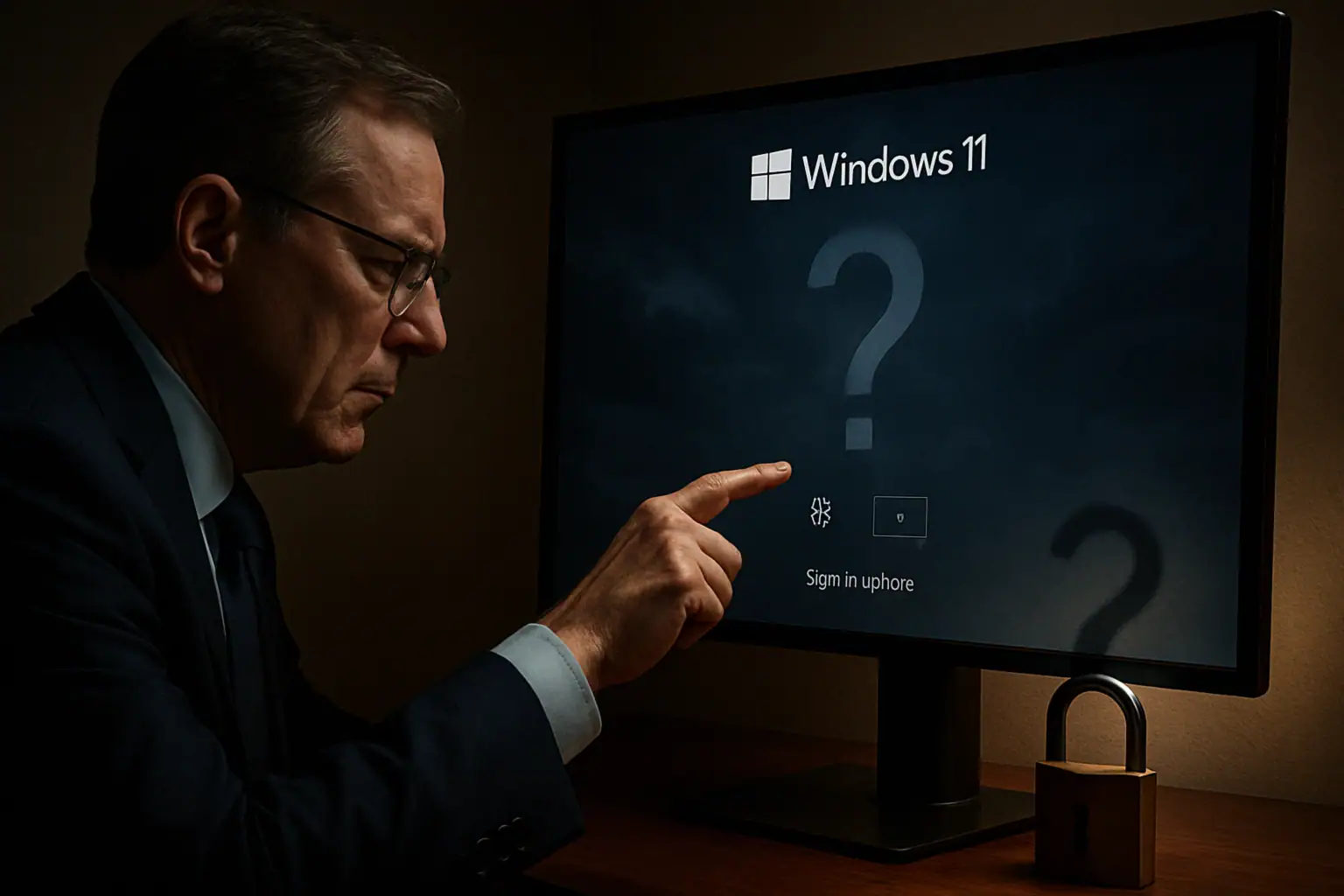Trend Micro researchers have uncovered a sophisticated cybersecurity threat leveraging TikTok’s massive reach to distribute dangerous malware. Cybercriminals are exploiting the platform’s recommendation algorithms to spread Vidar and StealC information stealers through seemingly innocent tutorial videos, marking a significant evolution in social media-based cyber attacks.
Advanced Social Engineering Tactics Target TikTok Users
The attack vector employs AI-generated tutorial videos that promise to unlock premium features in popular applications like Spotify and CapCut. These deceptively professional-looking videos instruct viewers to execute PowerShell commands, which are presented as harmless activation codes but actually trigger the download of sophisticated malware payloads.
Unprecedented Reach Through Social Media Algorithms
The campaign’s effectiveness is amplified by TikTok’s powerful recommendation engine, with one malicious video accumulating nearly 500,000 views, 20,000 likes, and over 100 comments. This unprecedented engagement demonstrates the potential scale of social media-based malware distribution channels and their ability to bypass traditional security measures.
Technical Analysis of the Malware Payload
The distributed malware combines two powerful information stealers, Vidar and StealC, with comprehensive data exfiltration capabilities including:
– Desktop screenshot capture
– Credential and password harvesting
– Payment card information extraction
– Cryptocurrency wallet access
– Browser cookie and session token theft
Advanced Persistence Mechanisms
The malware establishes persistence through a sophisticated two-stage attack. The initial PowerShell command downloads a secondary script that creates system startup entries, ensuring the malware remains active across system reboots and making removal significantly more challenging.
Mitigation Strategies and Security Recommendations
Organizations and individuals should implement multiple layers of defense against this emerging threat:
– Deploy endpoint detection and response (EDR) solutions
– Restrict PowerShell execution policies
– Implement comprehensive security awareness training
– Regularly update security software and operating systems
– Monitor social media activity on corporate networks
This campaign represents a significant shift in malware distribution tactics, combining social engineering, popular social media platforms, and sophisticated malware. Security professionals must adapt their defense strategies to address these evolving threats, while users need to maintain heightened awareness when interacting with social media content, particularly those requesting command execution or system modifications. The incident underscores the critical importance of treating all unsolicited technical instructions with extreme caution, regardless of their apparent legitimacy or source platform.






